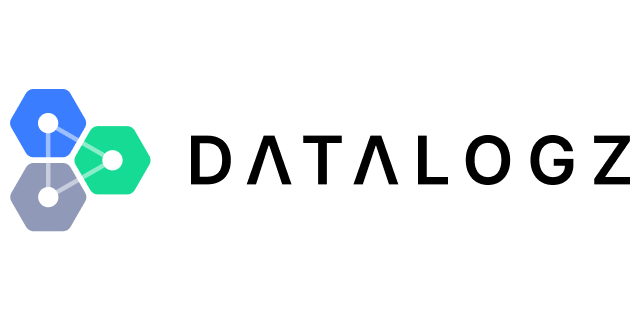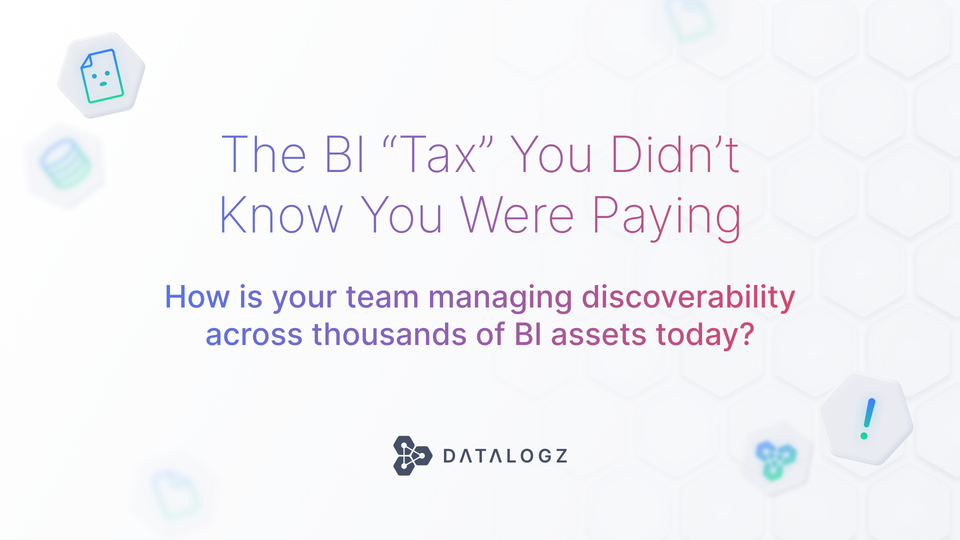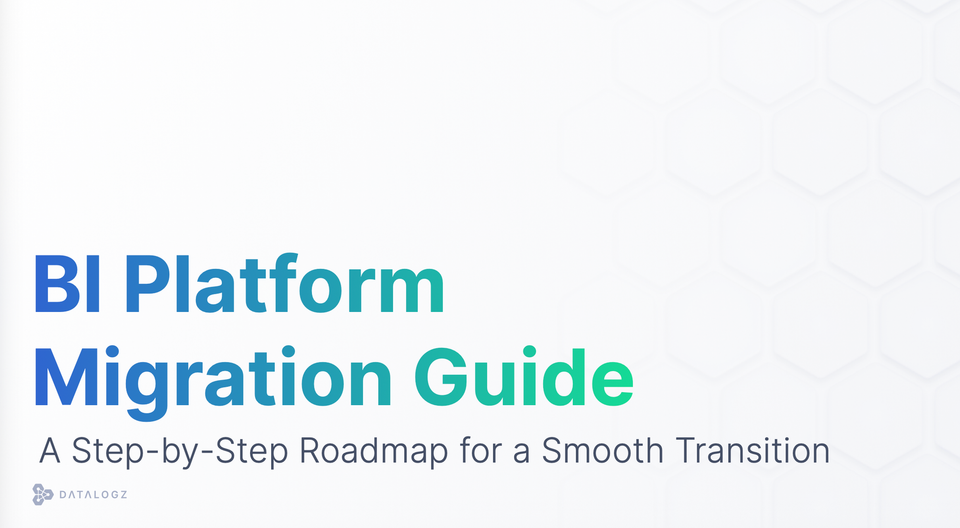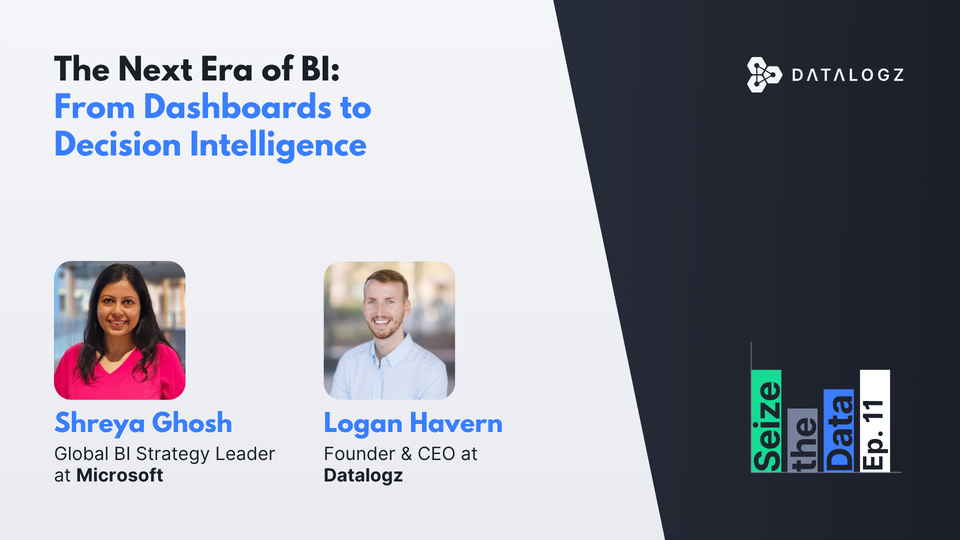Navigating the Transition from Power BI Premium to Microsoft Fabric: A Guide for Enterprises
The shift to Microsoft Fabric represents a forward-thinking approach to business intelligence, emphasizing flexibility, scalability, and integration.

In an evolving landscape of business intelligence tools, Microsoft's recent announcement marks a significant shift for Power BI Premium users. Beginning January 1, 2025, the transition from Power BI Premium's per capacity SKUs (P-SKUs) to Microsoft Fabric will commence, integrating the functionalities of Power BI with Azure Synapse Analytics and Azure Data Factory. This blog post explores the implications of this change, the benefits of moving to Microsoft Fabric, and how Datalogz can facilitate a smooth transition.
What’s Changing?
Microsoft is set to retire Power BI Premium per capacity SKUs, urging customers to adopt Microsoft Fabric. This new platform not only preserves the strengths of Power BI but also enhances capabilities by merging with Azure's powerful analytics services. The change underscores Microsoft's push towards a more integrated and scalable business intelligence environment.
Benefits of Transitioning to Microsoft Fabric
Transitioning to Microsoft Fabric presents multiple advantages:
Flexibility: Users can select from a diverse range of SKU sizes with the convenience of pay-as-you-go billing.
Advanced Features: Gain exclusive access to Azure-specific features such as Trusted Workspace Access for OneLake and Managed Private Endpoints for Spark.
Cost Efficiency: With Microsoft Azure Consumption Commitment (MACC), expenditures on Fabric can be allocated towards your MACC commitment, optimizing overall costs.
Scalability: Adjust your scale dynamically according to business demands and economize by pausing capacities during less active periods.
Why Maintain Power BI Premium Until the Next Renewal?
Staying with Power BI Premium until your next renewal period can be beneficial:
Smooth Transition: Allows adequate time for planning and executing a comprehensive transition strategy.
Continued Access: Ensures uninterrupted access to existing workflows.
Preparation Time: Provides an opportunity to familiarize with Microsoft Fabric’s offerings and prepare your migration approach effectively.
Considerations for Current Power BI Users
It's important to note that Power BI Pro and Power BI Premium Per User (PPU) are not affected by this update. Power BI Embedded remains fully compatible with Fabric, and Power BI Report Server will still be accessible through SQL Server Enterprise Edition with Software Assurance.
How Datalogz Facilitates a Seamless Transition?
Transitioning to a new BI platform can be challenging, but Datalogz is equipped to make this process efficient and seamless:
Automate Metadata Management: Streamline the extraction and unification of BI metadata to facilitate a seamless transition.
Enhance Security Auditing: Proactively identify and address security vulnerabilities during the migration and regular operations.
Optimize Performance: Monitor and analyze asset activity to manage capacities efficiently, minimizing downtime and maximizing performance.
Governance and Compliance: Maintain data accuracy and compliance with monitors and alerts set through the Datalogz Control Tower.
Efficient Administration: Simplify the management of licenses, reduce redundant assets, and eliminate duplicate datasets to manage costs effectively.
The shift to Microsoft Fabric represents a forward-thinking approach to business intelligence, emphasizing flexibility, scalability, and integration. By planning your transition thoughtfully and leveraging tools like Datalogz Control Tower, your organization can navigate this change smoothly and capitalize on the enhanced capabilities of Microsoft Fabric.




